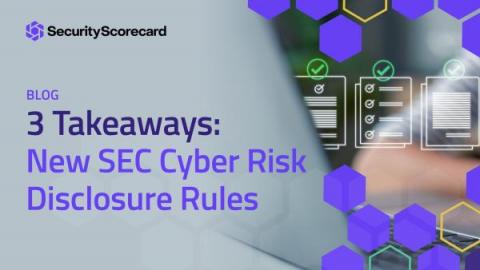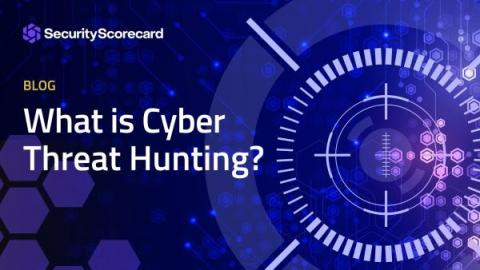3 Takeaways: New SEC Cyber Risk Disclosure Rules
Yesterday the US Securities and Exchange Commission (SEC) voted 3-2 to issue long-awaited regulations that mandate uniform cyber incident disclosures for public companies. The SEC’s rulemaking progress has been lengthy and controversial, and cybersecurity experts and business advocates have been eagerly awaiting the release of the final rules after more than a year of public comment and lobbying from business and cyber experts.







